dapperQs have unique needs and challenges when it comes to finding clothes that fit. Every year, our website is inundated with “fit” questions, especially with respect to business attire and formalwear. In response, our contributors have posted how-to videos, fit tips, and interviews with designers, such as Marimacho, who are making clothes specifically for dapperQ bodies. Additionally, we will be publishing a more comprehensive style manual this year and hope to release the first two chapters this summer.
While our research has revealed that there is a serious dearth of masculine clothing made to fit dapperQ bodies, it would still be virtually impossible for even a dapperQ designer to make off-the-rack clothing look custom made for you. For example, a size medium shirt on a dapperQ with an A-cup bust and 29” waist will fit a dapperQ with a C-cup bust and 29” waist entirely different. A pair of size 18 pants on a 5’2” dapperQ will be shorter on dapperQ who is 5’10”. I hate to be the one to inform you that there is no such thing as Santa Claus, but tailoring seems to be the universal solution to many dapperQ fit challenges and a very expensive necessary evil.
To be sure I wasn’t overlooking a more practical solution, I posed some of our toughest fit questions to Shaz Riley, founder of The Butch Clothing Company, which provides expert bespoke (bespoke means “custom made”) tailoring to dapperQ clients in the UK. (Services are also provided via Skype to U.S. clients.) Shaz responded:
“Sadly, I can’t answer those questions from your readers except to say this is why I started The BCC – because I too could never find clothes to fit me, with shirt tails too long, arm length below my finger tips, crotch and waist measurements utterly disproportionate, collar sizes that meant even for a well built butch the shirts where always enormous. In addition, because of this I never even got to wear cufflinks. And jackets, well I was sick of oversized shoulders that made me look like an American football player; the list is endless. I knew the only answer was bespoke clothing made purposely for me.”
I know this is infuriating, but the bottom line is that cisgender males also have fit challenges; they DO have more options, but ultimately, designers make menswear to fit “idealized” body types. The Handbook of Style: A Man’s Guide to Looking Good by Esquire Magazine writes, “Are you a ‘drop six’? If you are, you’re a suit maker’s dream: Your chest is six inches larger than your waist. You can wear anything. Sadly, most of us don’t live inside those ideal tailoring measurements.” Details Men’s Style Manual: The Ultimate Guide for Making Your Clothes Work for You states, “Just because you’re buying a suit off the rack, doesn’t mean it won’t require a fair bit of tailoring.” The first commandment in GQ’s “10 Commandments of Style” is to “honor thy tailor.”
“Even the best suits need altering. Pants need to be shortened, jackets need to be brought in, sleeves need to be narrowed (yes, you can ask your tailor to slim down your sleeves), and buttons need to be realigned with buttonholes (most guys’ shoulders aren’t entirely even, meaning your jacket often sits a bit askew). You should always buy your correct size, but you then need to have a tailor customize it to your body.”– GQ’s “10 Commandments of Style”
Tailoring needs do not stop at suits. The author of Details Magazine’s article “How to Get the Perfect Hem” writes, “One hem doesn’t work on every pair of pants. If you tell a tailor to make your jeans the same length as your pleated trousers, you could wind up looking like Pee-wee Herman.” In “Fit Is Everything: Why You Should Get Your Shirts Tailored,” Details Magazine offers a pretty convincing example of the benefits of having something as simple as a Polo oxford tailored.
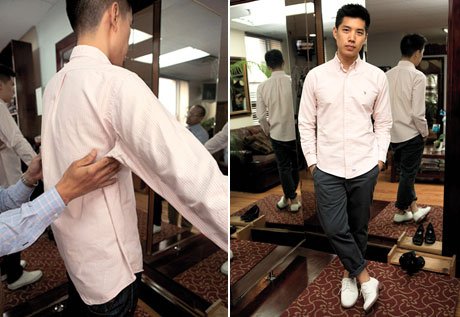 Polo oxford before and after tailoring. Photo credit: Details Magazine
Polo oxford before and after tailoring. Photo credit: Details Magazine
If you think women’s wear will solve the need for tailoring, think again. I’m a femme and must get all of my pants and jeans hemmed. (Before I came to terms with tailoring, I would wear my jeans off-the-rack, which would result in the bottoms of my jeans having that frayed “Night of The Living Dead” zombie look from being stepped on all day. Don’t pretend you don’t know what I’m talking about.) My go-to manual, The Lucky Shopping Manual: Building and Improving Your Wardrobe Piece by Piece, advises readers to “hem pants to hit right at the bottom of the heel…If the crotch of the pants is hanging a little low, alterations will help there too.” Even cisgender celebrity females with unlimited wealth who fit practically unattainable ideal definitions of beauty have a hard time finding a good fit off-the-rack. Kim Kardashian once stated, “Anything you wear should be proportioned to your body, and a good tailor will make sure everything fits perfectly. I either have my tailor at every fitting or I have my stylist pin my wardrobe and take it to the tailor before I wear anything.” Ok. I just quoted a Kardashian. I’m not sure if that just helped or hurt my case. Either way, I think it’s time to stop writing. You get the point.
Update 9/24/12: If you’ve come to terms with tailoring, just remember this: When purchasing an article of clothing that you intend to get tailored, be sure that it fits the largest portions of your body and get any excess material taken in. It is easier for a tailor to remove and take-in fabric than it is to add fabric or “let-out.”
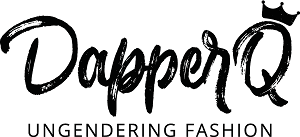

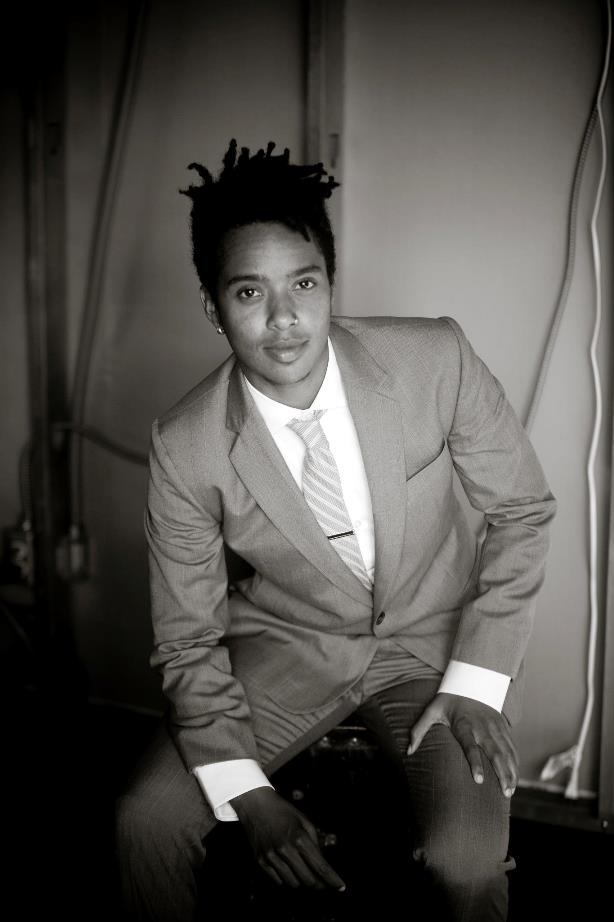
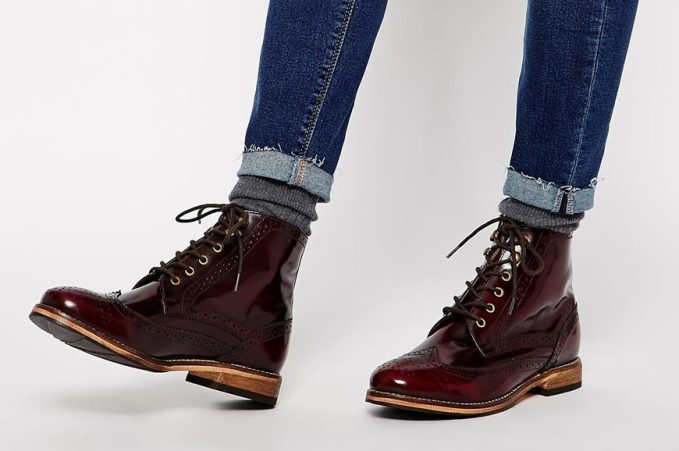
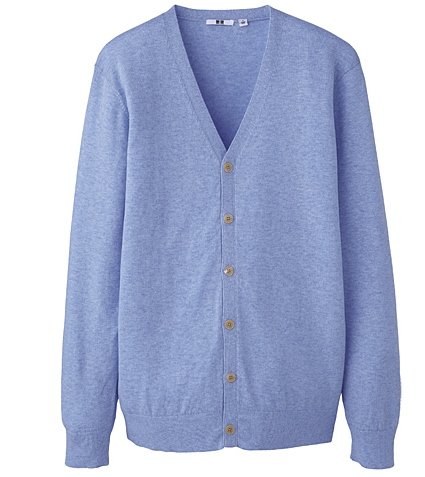

But where to find one?? I’m desperate for a good (hopefully relatively inexpensive) tailor in NYC/Brooklyn!
I’m a vintage butch 5′ 6″ tall with 44″ chest, so if a jacket or shirt fits around the boobs it’s likely to be far too long in the sleeve. My waist (non-existent) and hips, similarly put me in larger size jeans / trousers – even those with supposedly ‘short’ leg length are too long by a few inches.
After a few destructive experiments I have found that it’s relatively easy to do my own alterations. – to shorten shirt sleeve length, jacket sleeves, trouser and jeans. The only assistance I need is for a friend to pin one sleeve or cuff in the right spot when I’m standing, as a reference point for all other measurements.
Yes, it’s painstaking – but on my budget I’d rather spend a couple of hours on DIY than all those dollars on an alteration service or tailor.
You need a tape measure, stitch ripper, good sharp dressmaking scissors, needles and cotton (matching the garment), iron and ironing board. (Tailors chalk is also damn handy.)
For shirt sleeves, you definitely need a sewing machine. For all other items, neat hand sewing will do the job.
Planning is everything. You have to know how the garment is constructed (learnt during destruction). It’s all just a logical reverse procedure to put it back together, shortened to the correct length.
If you’re too scared to try this on your current finery, buy a cheap item from a charity shop and experiment! I only destroyed one shirt during my learning curve and I’m in the process of altering all the rest of my shirts so the cuffs don’t drag around my knuckles! 😀
9 tailors in Boston makes great custom suits. I had a three piece suit made for my wedding and they did a fabulous job getting it to fit me right. They are fairly affordable, about $700 for the three piece, which is about half as much as the tailors in Brooklyn wanted to charge.
Brooklyn NY here! And also desperate to find a tailor…a SKILLED tailor. Hello, where are you?
I like what you said about how sometimes pants need to be shortened. I need to get a new suit for my wedding. I’ll have to make sure the sleeves are lengthened out.